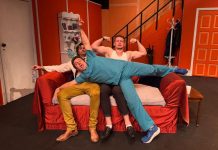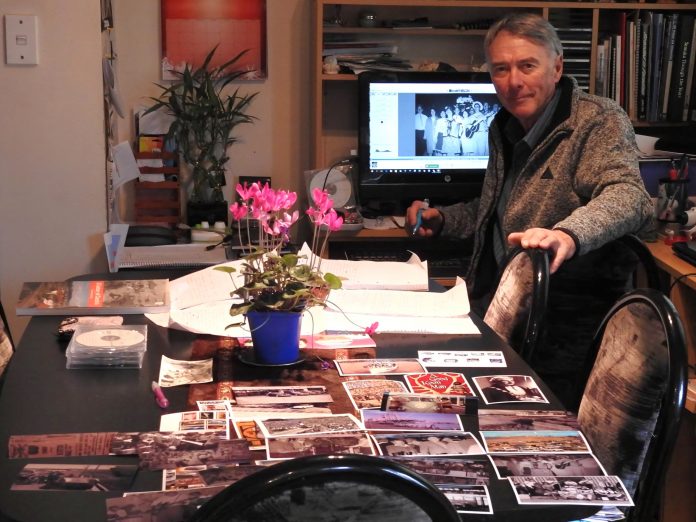
A former Temuka man is doing his part to to ensure the once-thriving Timaru music scene is celebrated and remembered. Lyall Smillie has run the Timaru Music Guitar History page on Facebook since 2012, published a booklet on the 1960s Temuka Twist Marathons and compiled a yet-to-be-published book featuring the stories of many early Timaru musos. Reporter Connor Haley caught up with Mr Smillie to discuss his memories and work.
What are some of your earliest memories of the Timaru music scene and what got you interested in wanting to be a part of and document it?
My earliest memories of live, loud, guitar music was walking past the old police dtation on North St one Friday night in the early 1960s and thinking what a racket the band were making! The band was The Falcons, Timaru’s first electric guitar band. I also remember seeing the Christchurch band, The Downbeats, for the first time at the Temuka Twist marathon and that was life changing.
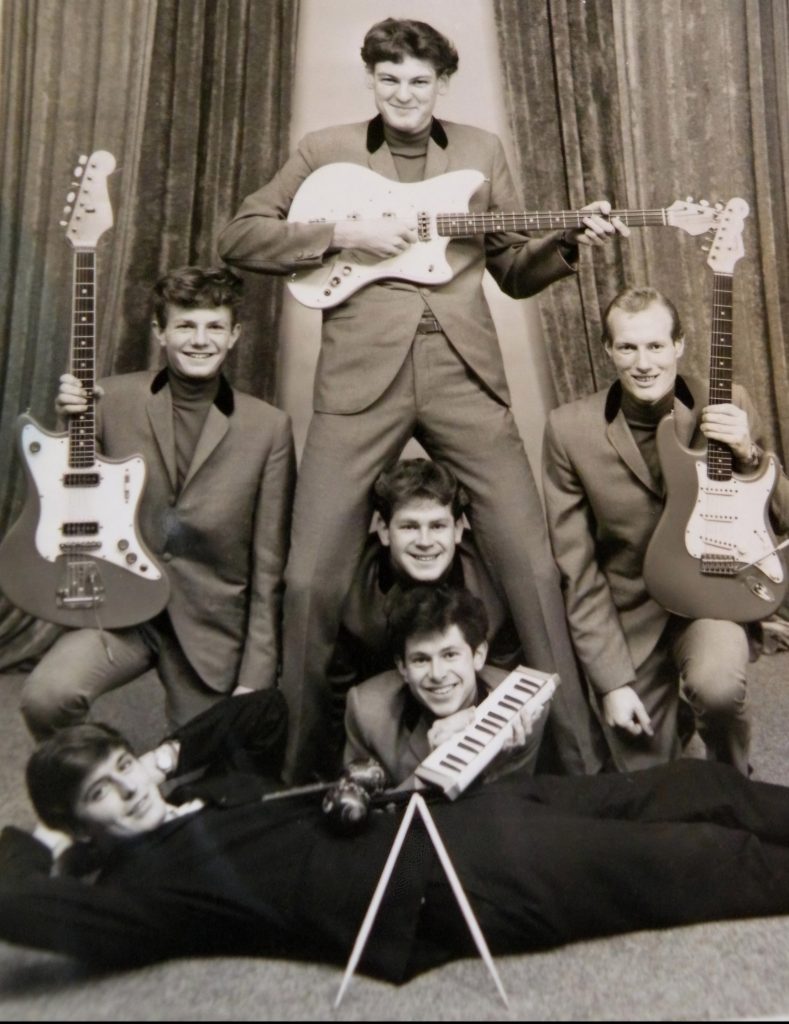
Who were some of the key bands, and individuals, that really kick-started and helped shape the early ’60s-’70s scene in Timaru?
All the bands up to that time were more ballroom style but the music on solid body electric guitars from the likes of The Shadows, Cliff Richard and Elvis, along with the twist craze that swept the world led to a massive change in teenage styles. Then, a few months later, The Beatles changed the scene forever. High school bands formed all over New Zealand, and at that point in Timaru the main bands were The Boys, The Echoes, Picasso Trio, The Kor-Tels, Union Blues Soul Band and The Statesmen.
The main outlets between 1963-1967 were the Scottish Hall which was always packed and the Downtown Niteclub on Saturday night but it all changed when the 10 o’clock hotel closing times came in on October 9, 1967.
How did the 10 o’clock closing time affect the scene?
I counted 12 hotels from The Terminus to the Hydro at top of Bay Hill and with the 10pm closing it meant that instead of playing a four-hour gig in a hall, it became a two-hour gig which meant a lot of new bands came out of the woodwork.
Every pub had some form of music, even if it was a piano player. I played in all those pubs over the years, and it was good money and also free beer!
But that also meant the demise of the Scottish Ballroom and Downtown Niteclub glory days ending. Of the 12 hotels trading, only two have survived and even in my hometown Temuka, we had four hotels on Main St, all with music at the time.
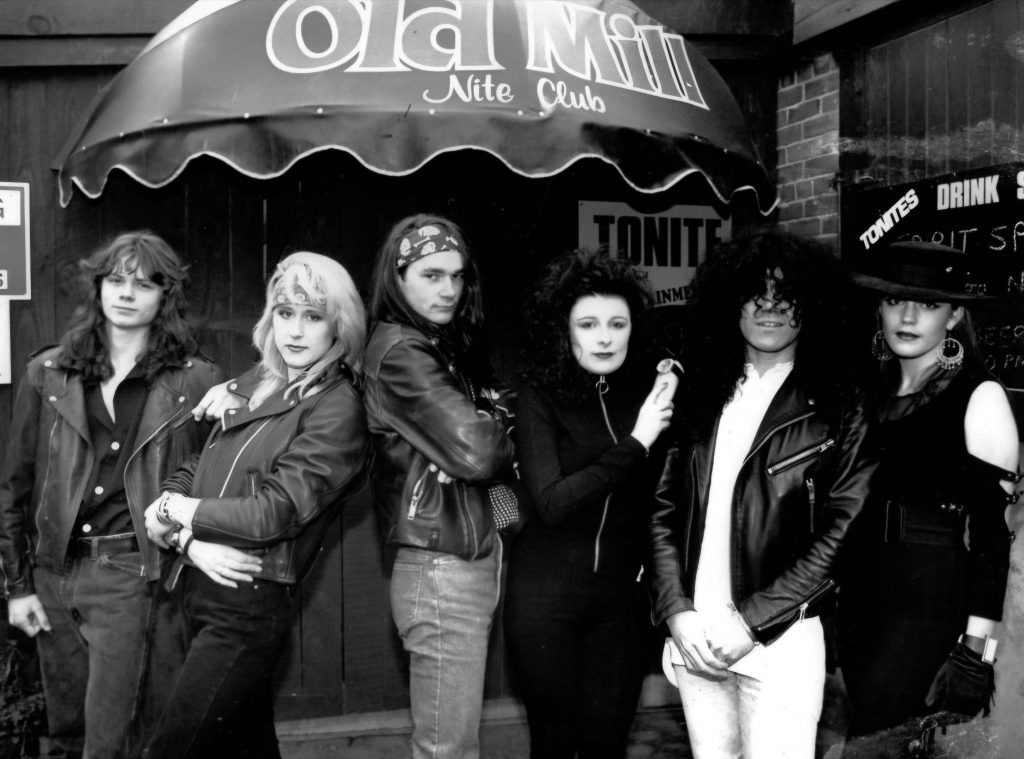
What led to the Timaru music scene slowing down and are you surprised with how things are today compared to how they once were?
The 11pm hotel closing time came, and things slowed down when drink-driving laws came in with breathalyser testing.
Then, the Old Mill Nite Club opened and that was a shot in the arm for the local rock bands and major New Zealand rock musos.
Sadly today with the closing of the Cossie Club and the RSA, live venues for musos around Timaru are lean but I believe there is still the desire to play musical instruments and there are excellent tutors at all the schools in Timaru.
Where did the idea to start the Timaru Music Guitar History Facebook page come from and why has been important for you to preserve Timaru music history?
As soon as I got my first PC in 2012 and with Facebook and Google, I began catching up with a lot of musos worldwide and finding rare material and photos. So many of them have passed which meant a lot of this stuff may have been lost forever.
It has been great having people get in touch with me that were not in good health, trusting me to save their music stories and gifting material to me. It’s all been a labour of love and I still get a buzz from receiving letters and calls from families seeing their muso parents they never really knew or had any photos of.
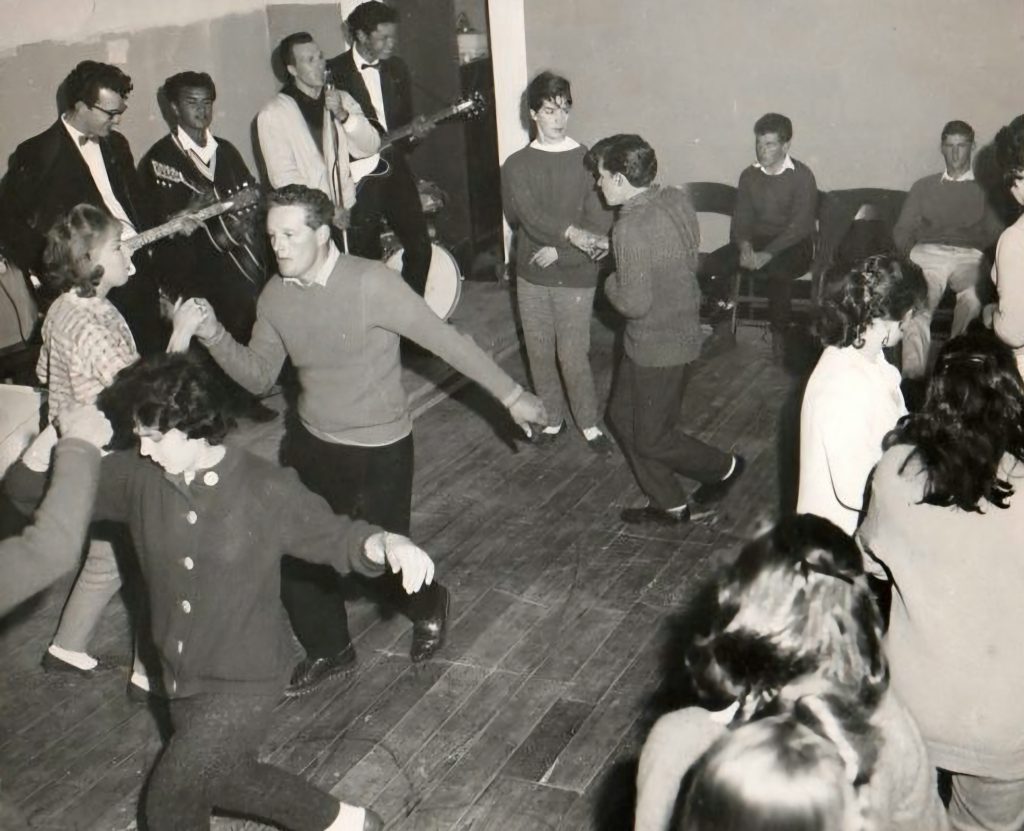
How have you found the process of compiling and creating your Timaru Music History books?
I have a full book on Publisher with all the stories from musos from 1960 onwards, but it’s an expensive project to publish a book nowadays and when Covid came it had be put on hold.
I’m no writer and need a proof writer to tidy it up but, wow, the hours I have put into it.
The Timaru Museum have been so helpful over the years with displays and concerts celebrating the ’60s music scene and printing the Twist Marathon booklet that I spent so much time researching. All of my collection is free to use. I would never charge anything, that’s why everyone that knows me knows I’m here to save music history.




